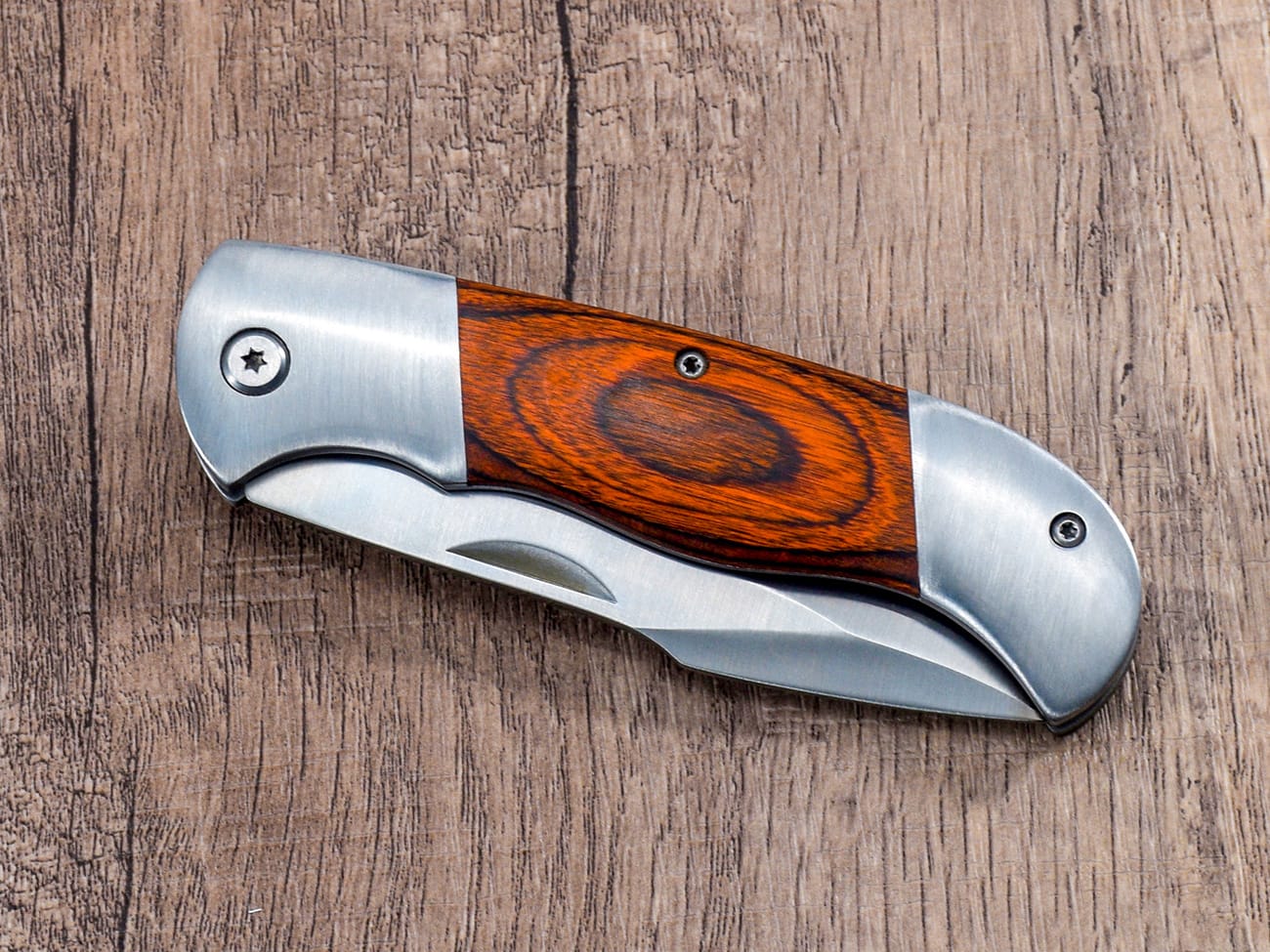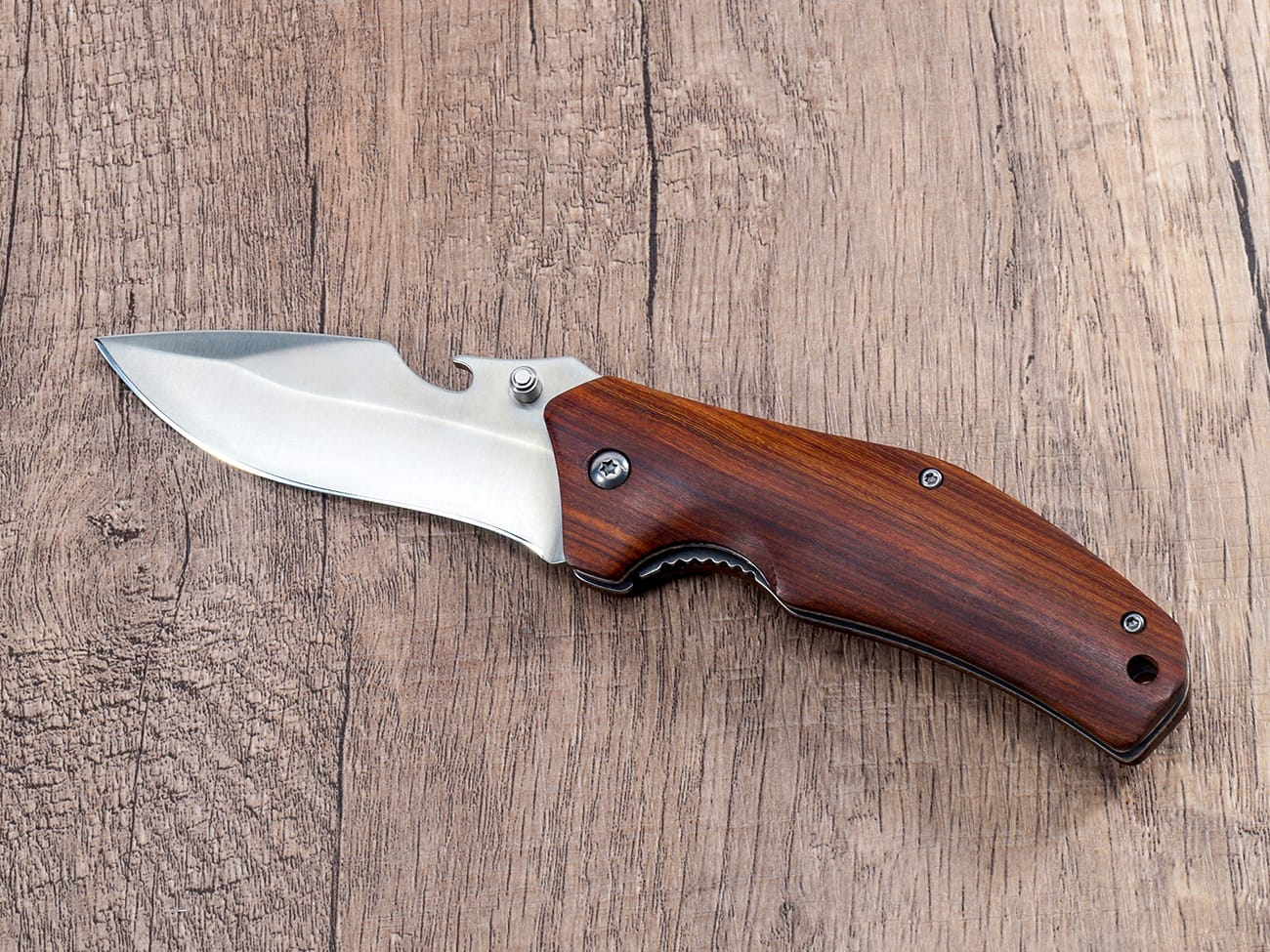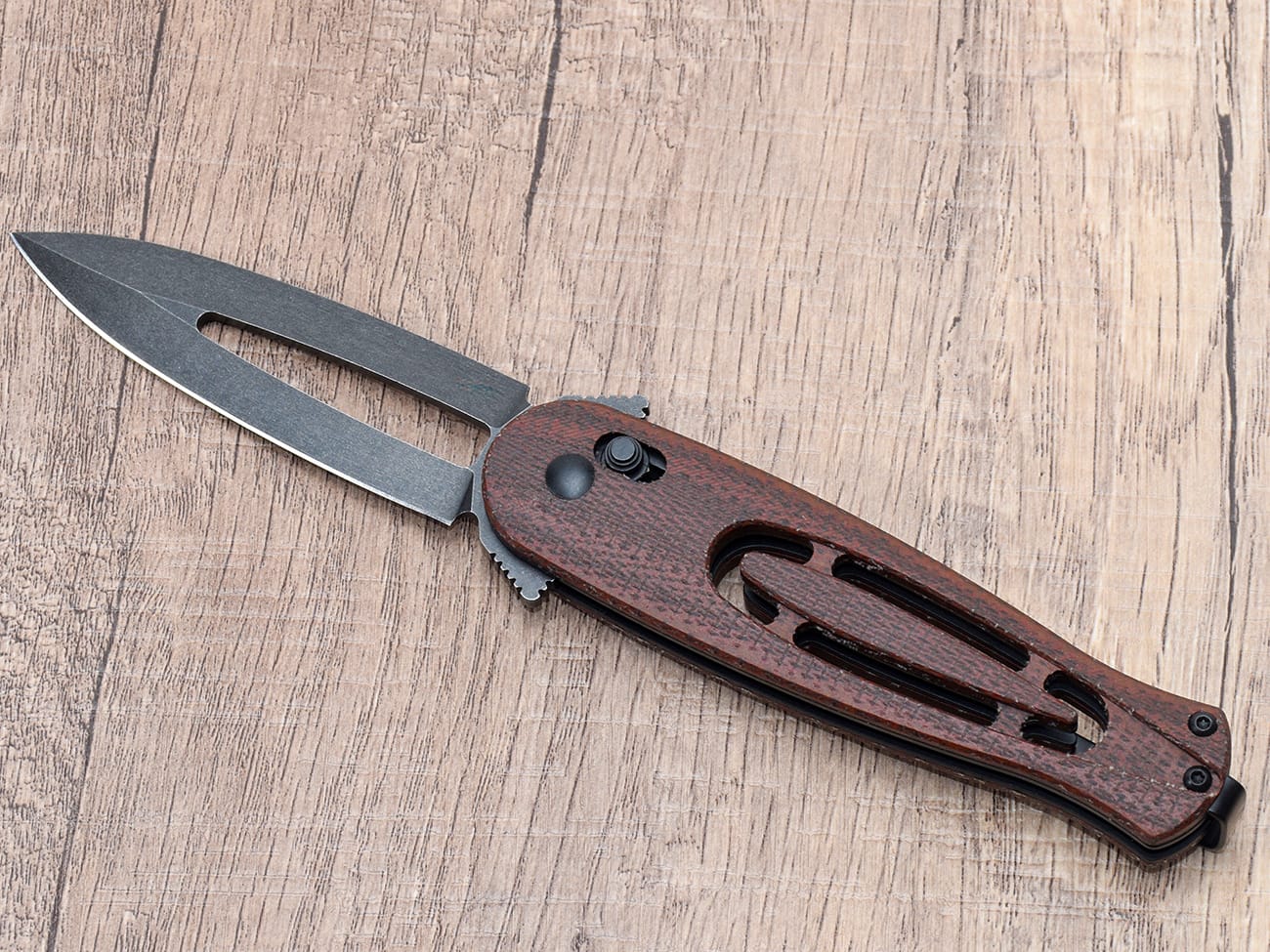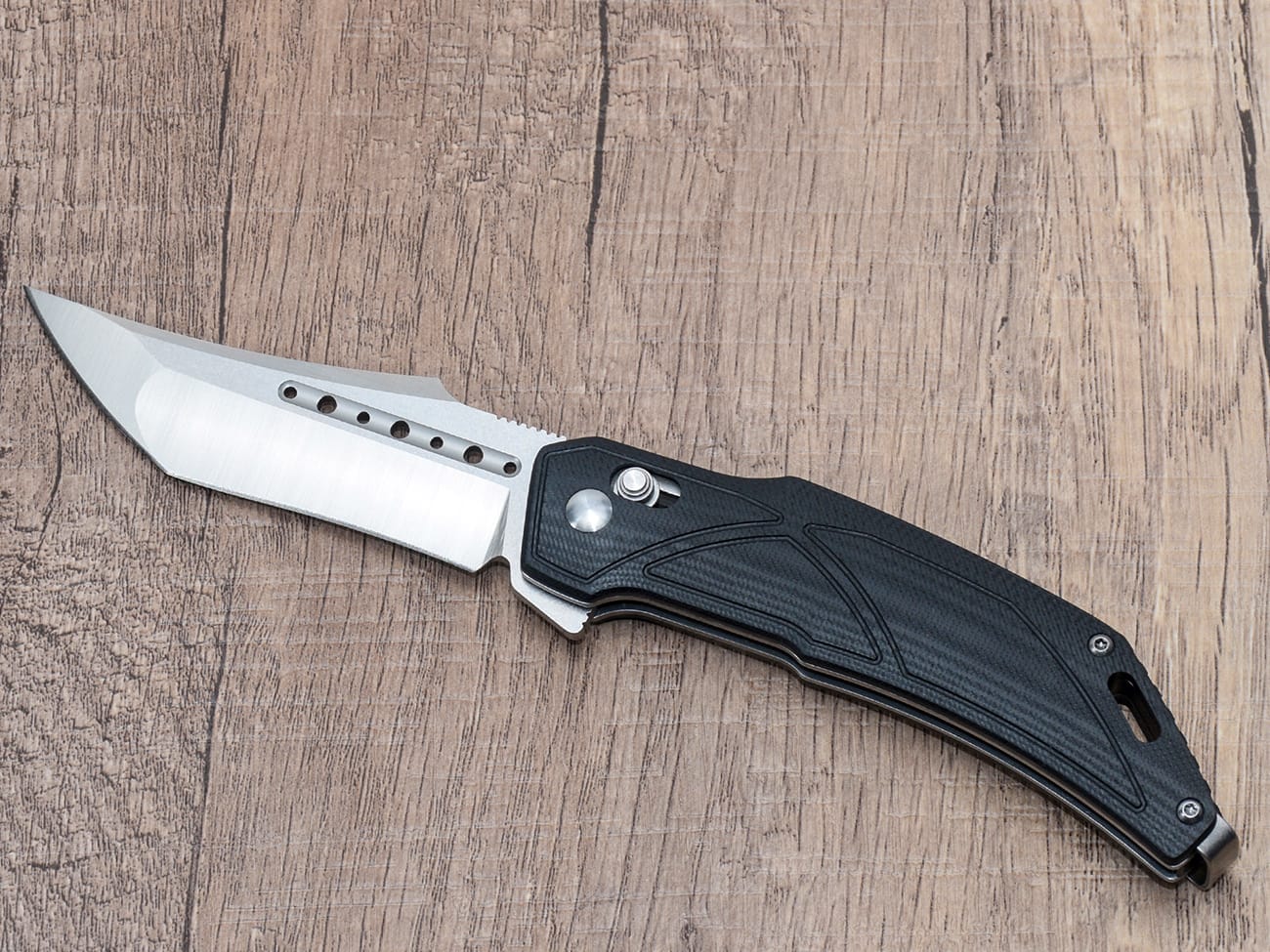Folding knives are marvels of engineering, combining form and function in a compact, portable package. Whether you’re a seasoned knifemaker or a curious enthusiast, understanding the intricacies of folding knife design can be both fascinating and rewarding. This comprehensive guide will walk you through the essential steps and considerations for creating your own folding knife, from initial concept to final assembly.
Why Design Your Own Folding Knife?
Designing a folding knife is more than just a hobby—it’s an art form that combines creativity, precision engineering, and practical problem-solving. By creating your own knife, you can:
- Customize every aspect to fit your specific needs and preferences
- Gain a deeper appreciation for the craftsmanship behind quality knives
- Potentially develop unique innovations in knife design
- Create a truly personal tool that reflects your style and skills
Let’s dive into the world of folding knife design and explore how you can bring your ideas to life.
Understanding Folding Knife Anatomy
Before we begin the design process, it’s crucial to familiarize yourself with the key components of a folding knife:
- Blade
- Handle scales
- Liners
- Pivot
- Lock mechanism
- Pocket clip
- Backspacer or standoffs
- Stop pin
- Washers or bearings
Each of these elements plays a vital role in the knife’s functionality, and understanding their interplay is essential for successful design.
How to Choose the Right Blade Steel?
The heart of any knife is its blade, and selecting the right steel is crucial. Consider factors such as:
- Edge retention
- Corrosion resistance
- Toughness
- Ease of sharpening
Popular choices for folding knives include stainless steel blades like 8Cr13MoV, 9Cr18MoV, and premium options like D2 or Damascus steel.
What Blade Shape Works Best for Your Design?
The blade shape affects both aesthetics and functionality. Common folding knife blade shapes include:
- Drop point
- Clip point
- Tanto
- Sheepsfoot
- Wharncliffe
Consider the knife’s intended use when selecting a blade shape. For example, a drop point is versatile for everyday carry, while a tanto excels at piercing tasks.
How to Design an Ergonomic Handle?
A comfortable handle is essential for any folding knife. Key considerations include:
- Overall shape and contours
- Grip texture
- Material choice (G10, wood, titanium, etc.)
- Thickness and width
Use ergonomic principles to ensure the handle fits comfortably in various grip positions.
What Lock Mechanism Should You Choose?
The lock mechanism is critical for safety and functionality. Popular options include:
- Liner lock
- Frame lock
- Axis lock
- Button lock
- Lockback
Each has its pros and cons, so research thoroughly to find the best fit for your design.
How to Sketch Your Folding Knife Design?
Start with rough sketches to explore different ideas. Consider:
- Overall knife proportions
- Blade-to-handle ratio
- Placement of the pivot and lock mechanism
- Pocket clip position
Use graph paper for more precise drawings, or consider digital design software for greater flexibility.
What Software Can Help with Knife Design?
Computer-aided design (CAD) software can greatly enhance your design process. Options include:
- Fusion 360 (free for hobbyists)
- SolidWorks
- AutoCAD
These tools allow you to create precise 3D models and test fit and function virtually.
How to Create a Prototype?
Before committing to final materials, consider creating a prototype. Options include:
- 3D printing
- Cardboard or wood mockups
- Acrylic or aluminum test pieces
Prototyping helps identify potential issues and refine your design before investing in expensive materials.
What Are the Key Steps in Folding Knife Assembly?
Once your design is finalized, the assembly process typically involves:
- Cutting and shaping the blade
- Fabricating handle scales and liners
- Drilling pivot and pin holes
- Heat treating the blade (if using carbon steel)
- Installing the lock mechanism
- Assembling the knife components
- Adjusting for smooth operation
Patience and precision are key during assembly to ensure proper function.
How to Test and Refine Your Folding Knife Design?
After assembly, thoroughly test your knife for:
- Smooth opening and closing
- Secure lock engagement
- Comfortable ergonomics
- Proper blade centering
Be prepared to make adjustments and refinements based on your testing results.
Conclusion: Bringing Your Folding Knife Design to Life
Designing a folding knife is a rewarding journey that combines creativity, engineering, and craftsmanship. By following these steps and considering each aspect carefully, you can create a unique and functional folding knife that reflects your personal style and meets your specific needs.Remember:
- Start with a clear vision of your knife’s purpose
- Choose materials wisely, balancing performance and cost
- Pay attention to ergonomics and safety features
- Use prototypes to refine your design
- Be patient during the assembly and testing phases
- Don’t be afraid to iterate and improve your design
With dedication and practice, you’ll soon be crafting folding knives that you can be proud to carry and use. Happy designing!

A beautifully crafted custom folding knife with pakkawood handle and pocket clip




